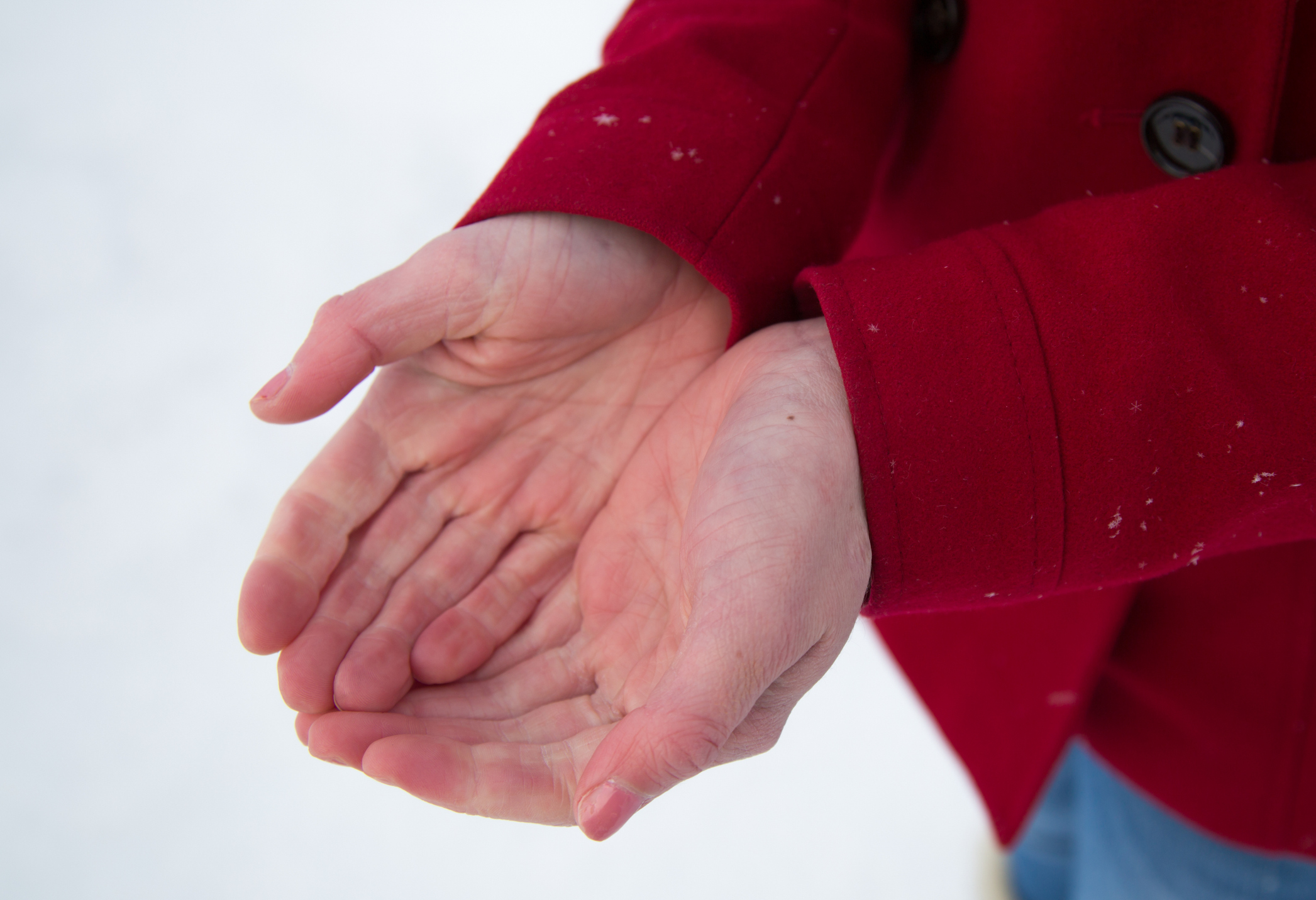
Have you ever watched your fingers or toes turn pale and then blue? Do they sometimes feel cold and numb? You may have Raynaud’s phenomenon — a syndrome that causes parts of the body to become numb and cold usually in harsh temperatures.
Swosty Tuladhar, MD, a rheumatologist at Summit Health tells us 10 things we should know about this little-known condition.
1. Raynaud’s phenomenon is a response to the cold, stress, or another illness. “During an episode of Raynaud’s, the blood vessels — or tubes that carry blood throughout the body — constrict or tighten up to try to preserve heat and maintain a normal temperature in the body. This leads to lower blood flow in the smaller vessels such as the ones in your finger and toes, causing the color changes and discomfort. This usually happens in response to cold temperatures,” explains Dr. Tuladhar. For some reason, this response is exaggerated in certain individuals.
2. The syndrome is more common than you may think. Raynaud’s phenomenon affects about 1 in every 20 people in the U.S. Approximately 80 percent of individuals who experience Raynaud’s are women. Episodes usually begin between the ages of 15 and 25.
3. Raynaud’s can affect more than the fingers and toes. Hands and feet are most common, but Raynaud’s may also affect your earlobes, kneecaps, nose, and nipples. An episode of Raynaud’s can appear in all these places at once or in just one area at a time.
4. Symptoms can be felt and seen. Color changes are the first sign but may be hard to see depending on your skin tone. Other symptoms include the surface of the skin feeling very cold to the touch, Dr. Tuladhar says. As the blood vessels constrict, the patient may feel numbness and tingling. But as you warm up, they usually feel painful. This is similar to the way you would feel if you didn’t wear gloves while playing in the snow.
5. Episodes of Raynaud’s come and go. An attack of Raynaud’s usually lasts about 15 minutes or so. Some individuals experience episodes frequently while others may go months or years without an attack.
6. There are two kinds of Raynaud’s: primary and secondary. Primary Raynaud's phenomenon is a response to cold temperatures, stress, or emotional upset. “Primary Raynaud’s does not have a reason or any underlying, associated conditions,” says Dr. Tuladhar.
Secondary Raynaud’s is associated with underlying medical conditions such as lupus, scleroderma, mixed connective tissue disease, dermatomyositis, vascular trauma, and hypothyroidism. Medications like amphetamines and some chemotherapeutic drugs can also cause Raynaud's.
7. Primary Raynaud’s is not usually serious but secondary Raynaud’s has more serious complications. Individuals can develop recurrent sores, gangrene, and may potentially need amputations due to loss of blood supply.
8. There aren’t blood tests to diagnose Raynaud’s. Physicians rely mostly on patients to self-report symptoms. In the case of secondary Raynaud’s, Dr. Tuladhar explains a physician can see physical signs on the skin surface or in the fingernail beds.
9. Prevention is the most important treatment. Dr. Tuladhar advises Raynaud's patients to avoid the following:
- Sudden cold exposure or decreases in temperature
- Smoking
- Over-the-counter nasal decongestants, diet pills, and some migraine and ADHD medications
Patients should also dress warm when they know they will be exposed to cold temperatures. Gloves and wool socks can keep the extremities warm. But is it also important to keep your core warm with layered clothing.
For severe symptoms, patients may be prescribed medications, intravenous therapies, or nerve blocks.
10. You can help. When an attack occurs, Dr. Tuladhar advises to use hand or toe warmers. If they are not available, place your hands in a warm place, such as your armpits, or rotate the arms in a whirling windmill pattern to increase circulation.
If you are experiencing symptoms of Raynaud’s, talk to your primary care provider about ways to prevent and treat the condition. If needed, they can refer you to one of our rheumatologists for further management.
